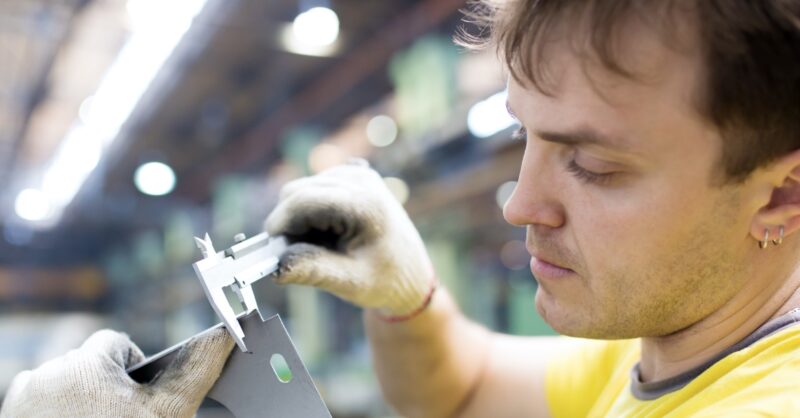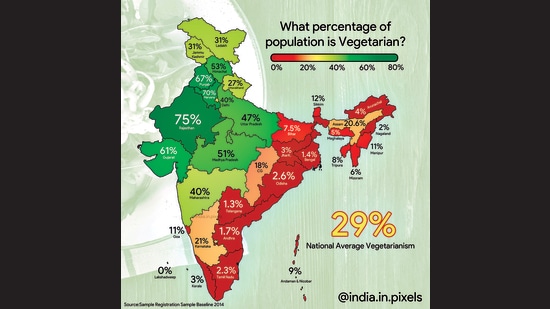(Originally posted on Jan 8, 2020 on the Drishti blog)
Craftsmanship. By definition, it means portraying skill at something – carving wood, sculpting clay, welding metal. But craftsmanship implies something more than skill; it implies care, mastery, accountability for the item being created. It’s about the spirit with which something is created. When you have a craftsman-like mentality, you have pride in your work – and the quality of your output will likely be high.
Modern manufacturing isn’t typically defined by craftsmanship. The shift to mass assembly lines took ownership away from the individual operator, and rather than seeing a product through from start to finish, operators became component contributors – adding screws, affixing adhesives, fastening wires – rather than producing an entire object.
Talk about killing the craftsmanship mentality.
Why craftsmanship matters
Unfortunately, the trend from artisan craftsmanship to mass manufacturing adversely impacted the worker’s passion. Delivering craftsman quality at scale is a challenge, because the pace at which the product is being built doesn’t mesh with the obsessive care and mastery that a craftsman approach requires.
The issues that mass production created – for example, excessive waste, high defect rates – led to the rise of the Toyota Production System (TPS). One of TPS’s 14 principles hinges on the idea of standards-driven production paired with employee empowerment: “Allow creative and individual expression to improve upon the standard; then incorporate it into the new standard so that when a person moves on you can hand off the learning to the next person.”
In essence, TPS (more generally referred to as lean manufacturing) attempts to take the passion inherent in craftsmanship from the individual item and transfer it to the process. In that way, the operator reclaims ownership and feels a sense of pride. Here’s how.
The philosophy of monozukuri
With TPS comes the concept of monozukuri, a term from the Japanese culture which literally translates to “the way to make things.” Monozukuri asserts that there’s a spirit with which something should be done, a “right way” to proceed with a process.
In the manufacturing world, it assumes that there’s more than simply an order for assembling a finished product; there’s a passion for the process, an element of self-reflection and self-criticism for the work that drives the assembler to seek continuous improvement (kaizen), to do something exceptionally well.
Historically, this focus on the process has led manufacturers to scrutinize machines, but the notion of monozukuri should extend to manual processes – in fact, it should supercede the machine focus. But manufacturers have had difficulty evaluating manual processes from a monozukuri perspective because the means of measuring and analyzing manual processes has been limited.
So why does monozukuri, or craftsmanship, matter today? With massive factories producing items at scale, don’t the principles of pride and continuous improvement seem quaint?
The short answer is, craftsmanship improves quality, and that builds trust with customers. Customers want to work with suppliers who have their best interest in mind. Imagine if you’re Toyota, and you have two Tier 1 suppliers responsible for providing cylinder heads for Lexus engines. One supplier talks about volumes and quantities and defect rates. The other supplier does that, as well, but deepens the conversation to the spirit of improving products to build on the end user experience, and has a deep understanding of how their production processes impact that relationship.
Who are you more likely to invest in long term?
Monozukuri forces manufacturers to look beyond their immediate circle. They’re genuinely committed to developing a quality product they can be proud of. Now that’s craftsmanship.
Scaling craftsmanship in modern factories
The idea of craftsmanship is great in principle, but how can manufacturers scale that mentality across stations, lines, even factories?
There’s another important concept in Japanese: takumi. It means “artisan.” Traditionally, the takumi master craftsman passes skills on to the next generation. That craftsmanship still exists in line associates, but it’s hard to identify them.
Why? Because they’re invisible. There are no analytics on manual tasks, and without data one line associate looks like the next.
At Drishti, we have another term: the brilliant outlier.
Drishti’s technology allows manufacturers to identify the brilliant outlier – the takumi, if you will – on the assembly line. It augments the creativity of that person and, by incorporating his or her creativity into the standardized work instructions, allows him or her to set the standard for the rest of the team.
And that becomes the training model within Drishti. The electronic takumi that allows a company to scale one person’s brilliance worldwide, and Drishti enables the distribution of that standard on a massive scale.
Production has scaled exponentially since the time of the village craftsman. Paul Revere, the storied American silversmith who was immortalized by Longfellow, would never be able to satisfy demand for his wares in today’s global marketplace.
With Drishti, Revere-level craftsmanship can still be harnessed in the manufacturing process, ensuring quality and a superior end user experience that can be shared and incorporated across organizations at scale.
In addition to monozukuri, read how Drishti augments the traditional genba walk.










